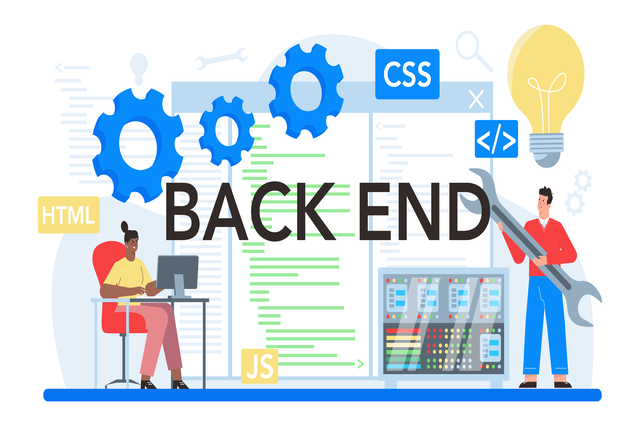Index Surge: Amplifying Your Insights
Stay updated with the latest trends and news across various industries.
Behind the Curtains: Secrets of Back-End Development
Uncover the hidden world of back-end development! Discover secrets, tricks, and tips to elevate your coding game behind the scenes.
Understanding APIs: The Backbone of Back-End Development
APIs, or Application Programming Interfaces, play a crucial role in back-end development by enabling seamless communication between different software applications. They serve as a bridge, allowing developers to access and utilize the functionalities of external services, databases, or internal features without needing to understand their underlying code. This ability to connect various components is essential for creating robust, scalable applications that can respond to user needs in real time. In a world where data exchange and integration are paramount, understanding how APIs work is vital for any aspiring back-end developer.
Moreover, APIs can be classified into several types, including REST, SOAP, and GraphQL, each catering to different application needs and communication styles. For instance, REST APIs are based on standard HTTP methods and are widely adopted due to their simplicity and flexibility. On the other hand, SOAP APIs offer a more formalized protocol with built-in features like security and transaction compliance. By adeptly leveraging these different types of APIs, developers can streamline their back-end development processes, facilitate easier maintenance, and enhance the overall performance of their applications.

Common Back-End Development Mistakes and How to Avoid Them
Back-end development is a crucial component of web applications, and making mistakes in this area can lead to significant issues down the line. One common mistake is neglecting proper error handling. Without appropriate error management, applications can present cryptic messages to users or, worse, crash unexpectedly. To avoid this, developers should implement robust error handling mechanisms, such as try-catch blocks, and provide meaningful feedback to users that can guide them in troubleshooting.
Another frequent pitfall in back-end development is poor database management. Inefficient queries can lead to slow application performance and strained resources. Developers should prioritize indexing, optimize SQL queries, and regularly audit database performance to ensure smooth operation. By addressing these issues proactively, developers can improve the overall efficiency and scalability of their applications.
What Happens in the Server? Demystifying Back-End Processes
The server plays a critical role in the functioning of web applications, acting as the invisible backbone that powers most online interactions. When a user makes a request—be it through a click on a link or submitting a form—the server receives that information and processes it. This process typically involves several back-end activities such as querying a database, executing scripts, and generating dynamic content. The information is then formatted appropriately, often in the form of HTML, and sent back to the user's browser. Understanding these operations helps demystify what happens in the server environment and highlights the importance of efficient server management in delivering fast, reliable web experiences.
At a high level, the back-end processes can be broken down into key components:
- Database Interaction: Servers often communicate with databases to retrieve or store data necessary for user requests.
- Application Logic: This involves processing data and applying rules to ensure that the right information is provided in response to user requests.
- Server Configuration: Proper configuration of the server environment is crucial for optimizing performance and ensuring security.
By understanding these fundamental aspects, anyone interested in web development can appreciate the complexity of server operations and their vital role in creating efficient and seamless user experiences.